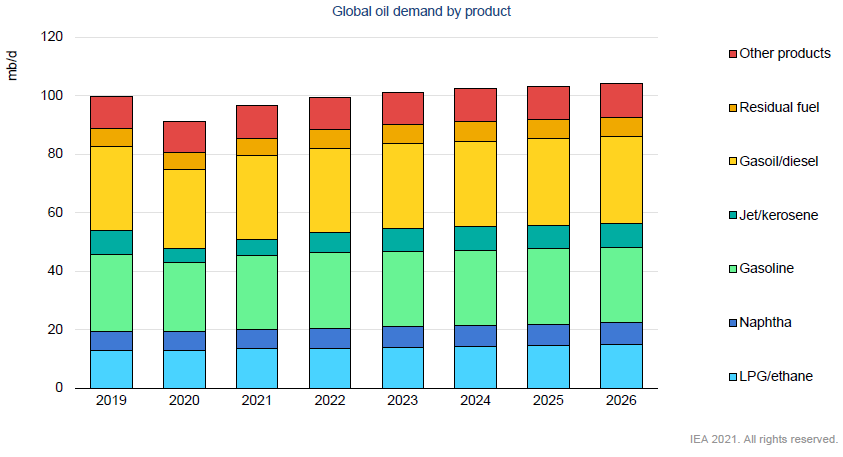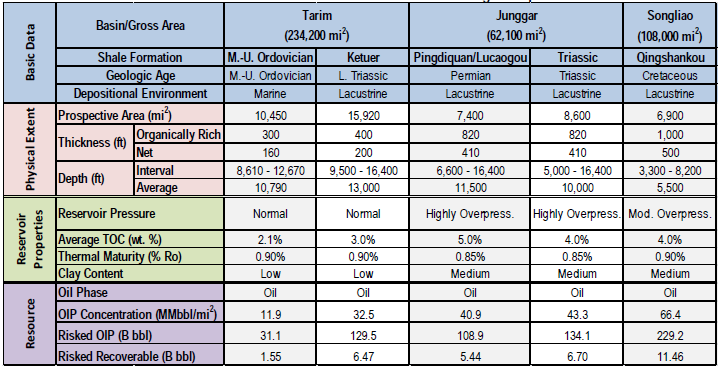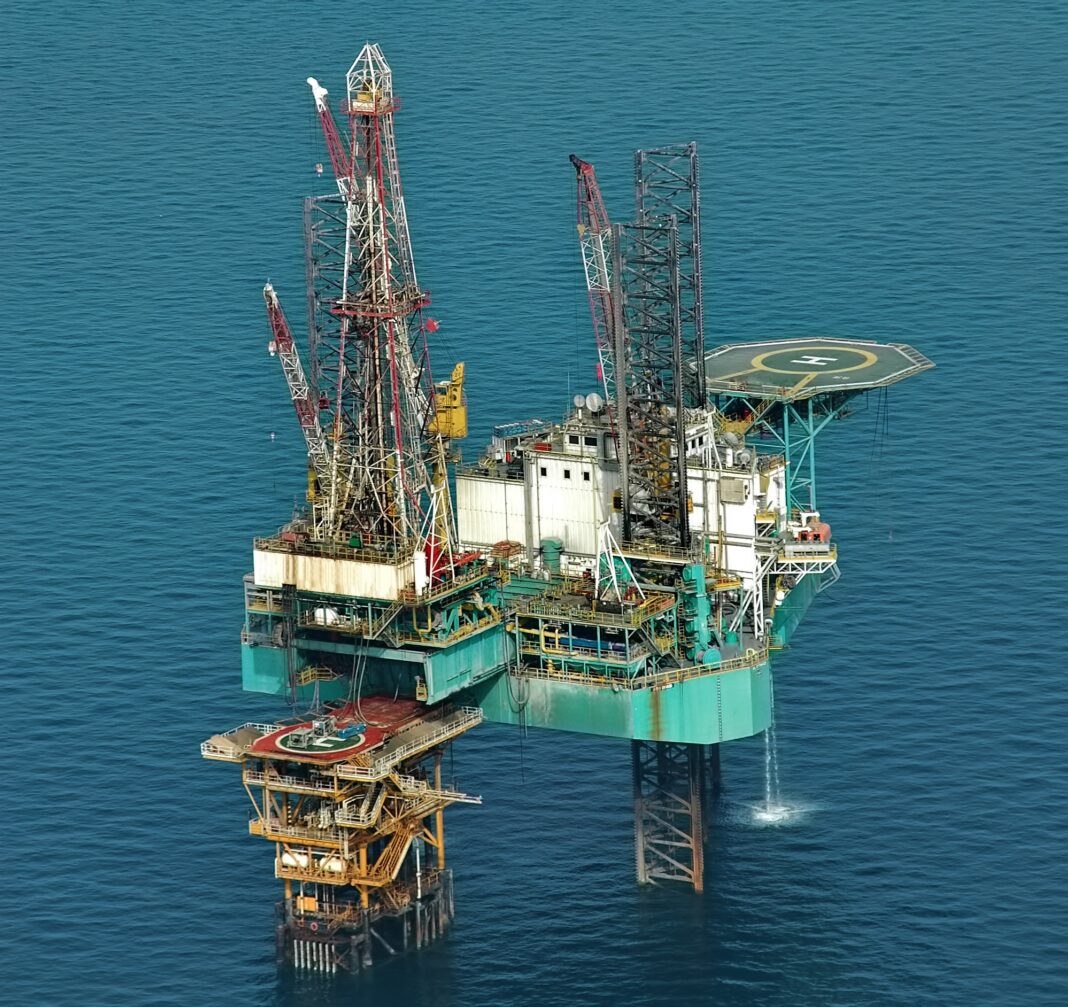Modern economies run on fossil fuels – oil, natural gas, and coal. With a wide spectrum of applications – electrical generation, transportation, industrial applications such as making cement and steel, plus heating and cooling buildings – fossil fuels generate more than 80% of the energy we use.
Focusing on oil, we refine crude oil to create transportation fuels including gasoline, diesel, aviation fuel, and maritime fuels. Beyond energy, oil is a critical petrochemical feedstock, producing many of the plastics, industrial chemicals, and lubricants that enable us to create the huge range of goods that sustain our lifestyles.
Before COVID‑19, the world consumed more than 100 million barrels of oil per day. Consumption fell substantially during early stages of the pandemic, but demand has rebounded and most forecasts see global oil consumption exceeding pre-COVID levels in the next year or two.

But carbon dioxide and other greenhouse gas emissions from fossil fuel combustion are central factors in the anthropogenic component of climate change. If one regards the human contribution to climate change as a critical issue, net fossil fuel emissions should be drastically cut or eliminated while we maintain secure energy (and petrochemical feedstock) supplies. Oil occupies a central position in the debate over fossil fuel consumption, in part because we use it and hear about it every day of our lives.
A major issue in the discussion is the actual amount of oil that remains to be produced. Is there enough to continue supplying the most likely demand scenario of 100 million-plus barrels every day for the next decade or so, declining slowly thereafter? And if there is enough oil, where is it? Is it distributed so that all who need it can access it, or will supply chains and politics prevent some people from accessing enough? How much will it cost to produce new supplies as they become more remote and difficult to extract? How quickly will alternative energy sources reduce the ever-growing demand for oil as a fuel?
Perhaps most important, what must we do to discover, develop, and produce sufficient oil, and to transport it to refineries and markets?
Let’s distinguish first between oil resources and oil reserves. The terms are often used interchangeably, but that is a mistake. Resources are volumes of oil that geologists and engineers estimate might exist in a particular area such as a sedimentary basin, based on studies of existing pools, number of wells drilled, and volume of potential oil-bearing rock present in the basin, often compared to geologically similar basins. Resources can be reported as:
- Oil in place – the volume of oil present in subsurface reservoirs, whether discovered or still undiscovered
- Technically recoverable resources – the volumes we estimate can be extracted using current oilfield technology (e.g. horizontal drilling and hydraulic fracturing)
- Economically recoverable resources (sometimes called marketable resources) – the volumes industry can extract and market profitably using current technology
Each of these estimates comes with large uncertainties (big error bars), because they are just broad estimates of what might be discovered based on limited data. Volumes of economically recoverable resources are always far smaller than the oil in place, because even the best extraction methods can recover only a fraction of the oil in place – less than 10% in unconventional (shale) reservoirs, up to perhaps 50-60% in the highest-quality conventional reservoirs such as the giant Hibernia Field offshore Eastern Canada. Economically recoverable resources are the most important values, because they represent the oil we might see produced in the future.
To qualify as oil reserves, oil accumulations must have actually been discovered by drilling. Independent engineers and geoscientists can verify oil reserve volumes through technical and economic analysis. Oil reserves are much smaller volumes than oil resources, but we have confidence that they actually exist. Reserves are used to measure the value of individual companies, but are not as relevant in discussing potential world supplies.
So let’s get back to oil resources – volumes of oil that we think might be produced, whether or not they have yet been discovered and proven economic. Detailed geoscience and engineering data to support good technical assessment of resource volumes are available only from a few politically open, oil-producing nations such as Canada, the United States, Norway, and Australia. For example, we can estimate with a high degree of certainty that heavy oil/bitumen resources in place in Canadian province Alberta exceed one trillion barrels because data from tens of thousands of wells are publicly available to support technical estimates.
We really don’t have reliable estimates of oil resources in major producing nations with less transparent availability of technical data – such as Saudi Arabia, China, Libya, and Russia. International agencies and oil companies provide estimates that are really just educated guesses. A report by the U.S. Energy Information Administration that estimated international shale oil and gas resources demonstrates the high degree of uncertainty, particularly in countries such as China.

There are also enormous oil resources in sedimentary basins in remote and largely unexplored areas around the world. In Canada, we know there are large oil resources off our eastern, northern, and western coasts – but we actually produce oil from only a few fields off the east coast – Hibernia, Terra Nova, Hebron, and White Rose.[3] Geoscientists have estimated oil resource values (e.g., Atkinson et al, 2017)[4] in other basins – but the error bars are wide, and exploration is not allowed in many areas.
So back to the original question – do we have enough oil to meet expected demand in the coming decades? The answer is – probably. Oil resources in the ground are immense, although exact quantities are uncertain. The bigger question is – can we find and produce those resources at a rate that will meet global demand? That depends on more detailed questions:
- How much oil will be unavailable because of politics? Russia has restricted exports to Europe. Venezuela’s oil production has cratered because of internal politics. Oil resource development in China, India, and Mexico are hindered because of their political systems, which exclude world players.
- How many prospective areas cannot be explored because of environmental or regulatory restrictions – including most of Canada’s sedimentary basins outside of Western Canada?
How many prospective areas are so remote and expensive to access that they may never be explored? Greenland promotes the prospectivity of their offshore basins, but few companies can afford to think about exploring there. - Finally, even for oil reserves that have been discovered and developed, can we get them to consumers? Will climate change concerns, expressed as opposition to new oilwell drilling and construction of oil pipelines, spur local or widespread oil supply crises? Even if global oil demand falls much more quickly than forecast, new drilling and new pipelines are needed to maintain production levels and deliveries.
We have a number of questions about oil supplies to ponder in the coming years. Huge efforts and expenditures will be required to meet global demand, even if it began to fall tomorrow. Humanity is in the midst of a profound energy transition. It will not happen overnight as you can see in BIG Media’s look at the rate of adoption of renewable energy options,[5] and it will take careful balancing to ensure that short- to medium-term energy demands are met while transitioning to more diverse energy sources in the decades to come.
[1] https://www.iea.org/reports/oil-2021
[2] https://www.eia.gov/analysis/studies/worldshalegas/pdf/China_2013.pdf
[3] https://www.cnlopb.ca/resource/information/
[4] https://doi.org/10.4095/305321
[5] https://big-media.ca/renewable-energy-renewing-hope-or-struggling-to-cope/
(Brad Hayes – BIG Media Ltd., 2021)


